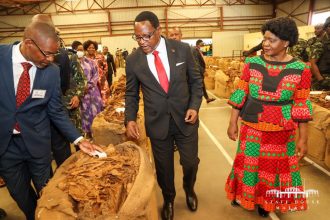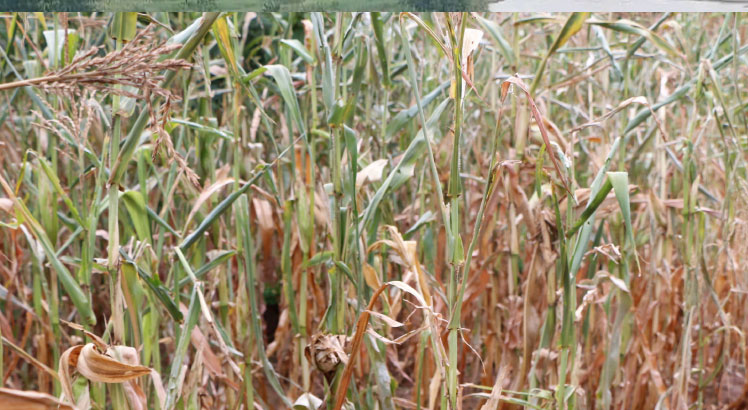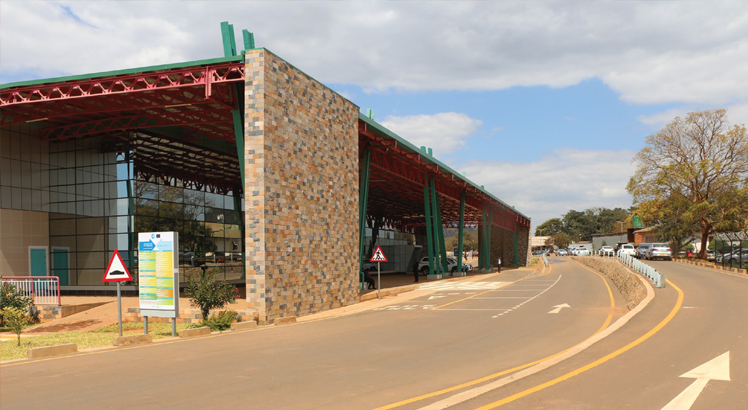Inflation rate at 9.8%
 Malawi’s year-on-year headline inflation rate quickened by 0.9 percentage points to hit 9.8 percent in December from 8.9 percent in November as it settles on its double digit seat.
Malawi’s year-on-year headline inflation rate quickened by 0.9 percentage points to hit 9.8 percent in December from 8.9 percent in November as it settles on its double digit seat.
Increases in both food and non-food prices are pushing up the general rise in prices, the National Statistical Office (NSO) said on Tuesday.
A 26 percent rise in fuel prices, 10 percent devaluation of the kwacha, the 50 percent jump in maize prices and higher tax burdensâ€â€all effected in the last half of 2011â€â€have pushed the cost of living to record highs and may have bundled more people into the ultra-poor poverty band in which people earn less than $0.30 cents (K50) per day.
Authorities have also missed the annual average inflation rate target for 2011 set in the 2011/12 budget at 7.2 percent by 0.4 percentage points.
The NSO has put the average annual inflation rate for 2011 at 7.6 percent, which is 0.2 percentage points up on the 2010 target of 7.4 percent.
The missing of the 2011 target has serious implications because it means that most of the targets set in the 2011/12 budget may also be missed because authorities made their assumptions based on the annual average target closing at 7.2 percent.
The Reserve Bank of Malawi (RBM), in its October 2011 Monthly Economic Review Report, indicated that the December inflation will close at 9.6 percent, 0.2 percentage points shy of the NSO figures.
It also said the annual rate would average 7.7 percent, just 0.1 percentage point off the mark.
The NSO has put the urban and rural rates at 13.3 percent and 7.8 percent, respectively.
“Food inflation has gone up by 5.2 percent as compared to 2.9 percent experienced during the same period last year due to mainly price adjustment in maize grain by the country’s grain marketing board [Admarc].
“Non-food inflation has gone up by 14.4 percent compared to 14.2 percent recorded in the previous months owing mainly to lagged effect of the recent fuel price hike,†reads the update from the NSO.
In December 2011, Admarc hiked the price of the staple grain, maize, from K40 per kilogramme to K60 per kg, putting a 50 kg bag at K3 000 from K2 000.
In November the same year, the Malawi Energy Regulatory Authority (Mera) also raised the pump price of fuel by more than 25 percent, a situation that has affected prices of other commodities owing to its cost-push effects.
Maize contributes about 58.1 percent to the consumer price index (CPI)â€â€a measure that examines the weighted average of prices of a basket of consumer goods and services, such as transportation, food and housing.
Last year, Malawi produced a 13 percent increase in maize output to 3.8 million metric tonnes, representing an estimated surplus of 1.2 million metric tonnes.
Malawi’s inflation started rising last July largely because of the impact of an array of new tax measures, including a 16.5 percent value added tax (VAT) on a number of goods such as bread and milk, introduced in the 2011/12 budget.
An average 11 percent fuel price increase last February, coupled by increases in water and electricity bills as well as road traffic fees in early January 2011, triggered pressure on inflation that the post-July developments pushed to the limitâ€â€and it exploded.
In its annual report for 2011, investment advisory firm Nico Asset Managers has predicted that inflation will keep on rising in 2012, a situation likely to put pressure on monetary authorities to increase the rate of borrowing, which has not been adjusted since August 2010.
“Inflation is expected to continue rising mainly owing to an increase in non-food inflation. Non-food inflation is expected to accelerate in 2012 owing to the recent fuel price increase, new tax measures [in the 2011/12 budget], devaluation of the kwacha against the US$ [in August 2011] and the expected further increase in electricity tariffs in 2012,†said the Nico report.





